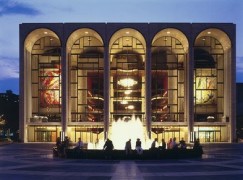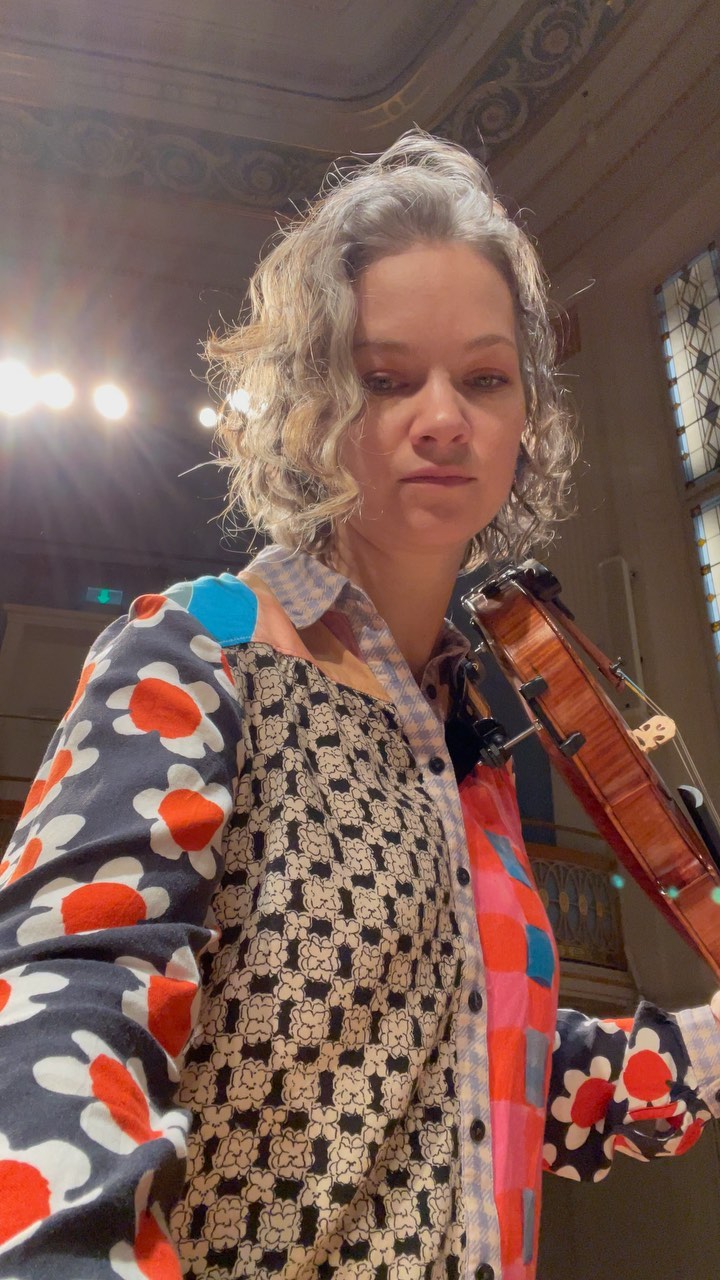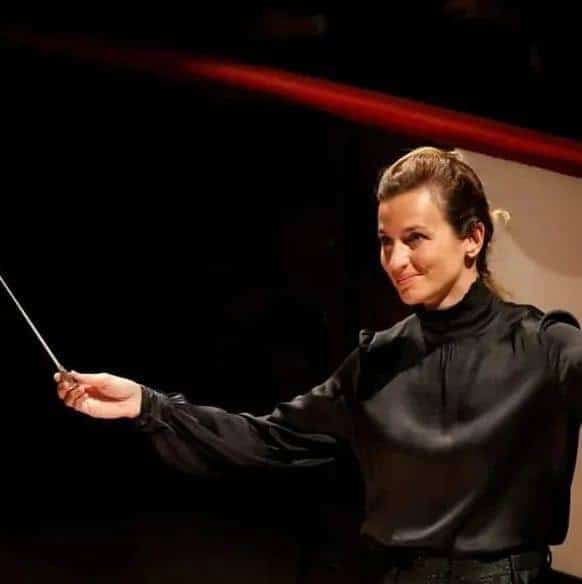Gelb to musicians: you can’t count
mainThe Metropolitan Opera has issued a 54-page rebuttal to the musician’s 84-page proposal for non-wage savings at the company.
Dumbly, it has issued its refutations interwoven into the original document, which is now 138 pages long – so long that no-one with a life will ever read it.
Click here to see the monstrosity produced by Met management.
This was of words is being won by whoever has first say, not last.






Confusing though it is, there are some interesting facts here. One is the fall-off in box office for revivals of new productions during the Gelb era. I completely fail to understand how is it possible that the budgeted gross sales at advertised prices for Barbiere di Siviglia dropped from 96% to 69%, Madama Butterfly from 98% to 81%, Fille du Regiment from 97% to 50%, Lucia di Lammermoor from 97% to 77%, Carmen from 98% to 74% or Don Giovanni from 85% to just 59%? Whichever set of figures one looks at, the drop in income for these standard repertoire works is spectacular.
To be fair, there seem to have been similar fall-offs in the pre-Gelb era. But when you have to discount tickets for standard repertoire and can only achieve 50% or 59% of budgeted gross, something must seriously be wrong. I suspect one reason is the ‘ladies who lunch’ are not going to turn out for both premieres and revivals. More problematic, though, will be regular subscribers who again may not wish to attend a Butterfly every 3 years or so.
If I am even near correct, it throws up the old problem of the over-reliance on subscription audiences. That then surely requires a much more careful planning of revivals and a greater spacing before they are brought back. It also means much greater attention to marketing revivals to the non-traditional Met audiences.
But Attila — 2010, sets by the genius architects Herzog & de Meuron, costumes by the brilliant handbag artist Miuccia Prada, conducting by Verdi apprentice Riccardo Muti — did not fall off in sales in its revival.
… oh wait, it wasn’t revived!
“Costumes by the brilliant handbag artist Miuccia Prada.” Snicker. How Met.
The only dumb thing they did is not to use color to make it easier to read which is the original document and which are the answers. One smart enough will quickly understand the difference is the font, but it would be easier to use color – like I do in such cases.
It’s not a war of words only, it’s also one of numbers. If one party omits certain numbers ot prove a point and the other party finds that flaw this quickly one must think who the dumb people are – really the ones who interweave their comments into an already long document?
Anything coming from the Metropolitan Opera is highly suspect. Frankly, as they hold not-for-profit status and they accept donations from the public, which includes the ability to write the donation off your taxes, the Attorney General of the State of New York should send his financial investigators in for a few rounds of forensic accounting. It is a giant shell game.
No, interweaving is the only sensible way to proceed. If they didn’t, we’d all be accusing them of not responding to X or Y, and everyone interested in the facts would have to compare a variety of documents laboriously. Far more effort than reading a longer document which has it all – right and/or wrong – in one place.
Norman writes:
“Dumbly, it has issued its refutations interwoven into the original document, which is now 138 pages long – so long that no-one with a life will ever read it.”
It takes some getting used to, but every comment from MET management has “Met Document – Page [followed by a number]” in the upper right corner. It is not hard to tell the two documents apart.
However, it would have been easier to tell the two documents apart had a different color been used in the MET document, as Martin has pointed out.
Anyone prepared to read 84 pages in the Local 802 document should be willing and able to read the 54 page reply from the MET.
I find this interlineated response very useful. It’s easy to read the arguments and counter-arguments.
Interesting that the musicians, according to management, have had a 24% average compensation increase in the last 5 years. Management rightfully notes that the union discusses base pay without noting the large difference with total compensation. This skews the union’s numbers for salaries and cost of living comparisons. Using COLA numbers for Manhattan when 40% of the orchestra lives outside that area also skews the results.
The union accuses Gelb of not investing in the orchestra, but does not mention the significant sums they have made from his media investments (the HD broadcasts.) The musicians have been paid $5.5 million for the HD broadcasts since 2007.
We also see widely differing claims about the numbers of hours worked. Who’s fudging? I suspect both sides.
I found management’s presentation about the lack of correlation between reviews and ticket sales interesting. The Met needs to move away from its preponderance of conservative productions which inevitably puts it in conflict with the parochialism of New York’s public. The union presents itself poorly by opposing this necessary work simply with an eye to lining its member’s pockets.
Management correctly shows the weaknesses in the union’s suggestions for saving money. The suggestion for less rehearsals is amusingly ironic
Still, both sides make good points. I hope the negotiations with be productive and fair for all.
Ugh…I hear the mumpsimus mouths of Minnesota all over again.
Perhaps the theater casts are cannibalizing their own previous in-person ticket buying audience?
It’s the final two pages – the last of each side’s arguments that are the most interesting. The Met document just blithely dismisses the suggestions of the unions “that’s unrealistic”. Did they run out of good faith by the most important last page?
“The mumpsimus mouths of Minnesota”, indeed! The management response to the strikes of the SPCO and the Minnesota Orchestra resulted in the cannibalization of both of those organizations. Top musicians went elsewhere, and only a few returned. Owing to the reduction of its forces, the SPCO’s repertory has changed. Tickets for the latter go as low as $10. Struggle. IMO, the theater “casts” build audiences. As a Minnesotan of a certain age, I am loath to travel to La Grande Pomme to hear/see the Met artists live, much as I would wish to. The HDTV venues are fairly well attended here, and are certainly building audiences for opera. Incidentally, the National Public Radio report on the impending strike used as its bumper music “Se vuol ballare.”
(ahem) Lockouts at Minnesota and SPCO.
Not strikes. Again…NOT STRIKES. And this impending disaster at the Met is also not a strike.
The terms are not interchangeable – while it may seem pedantic, these are the lives of workers being talked about here, and they’re not walking out.
My apologies. Lockout, not strike. I sit corrected.